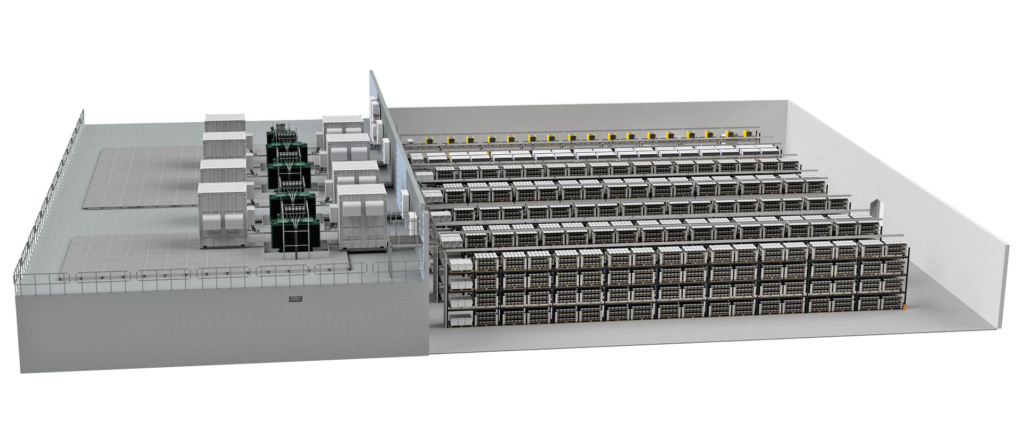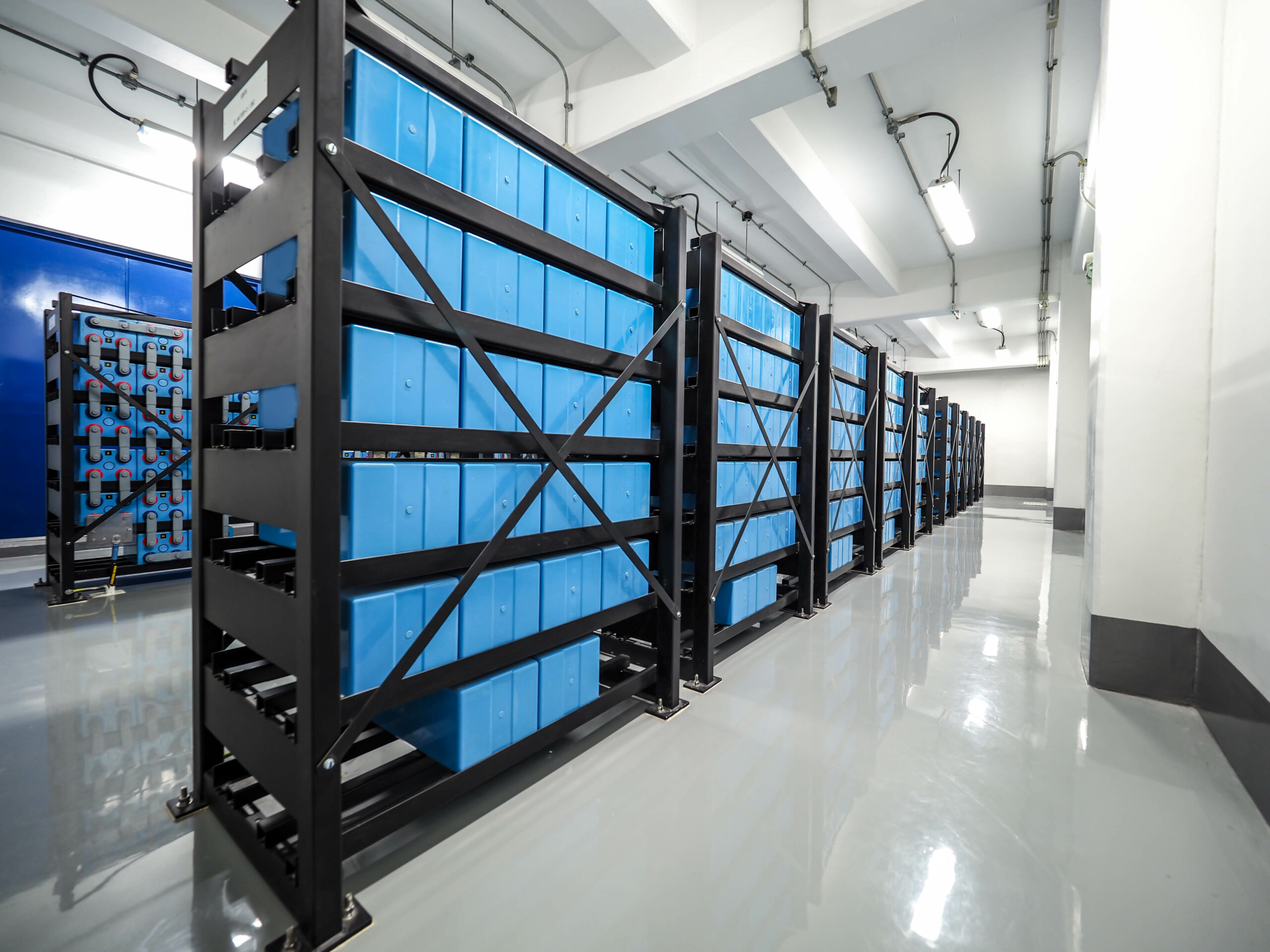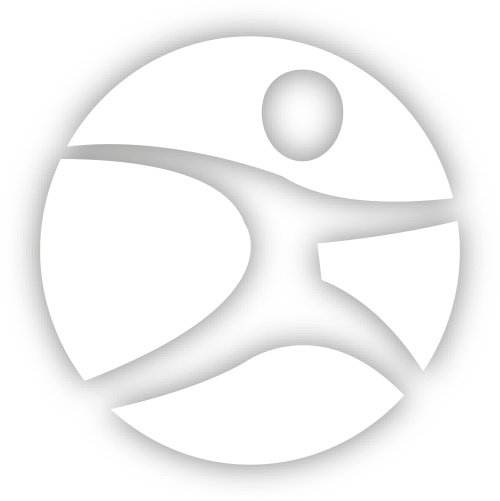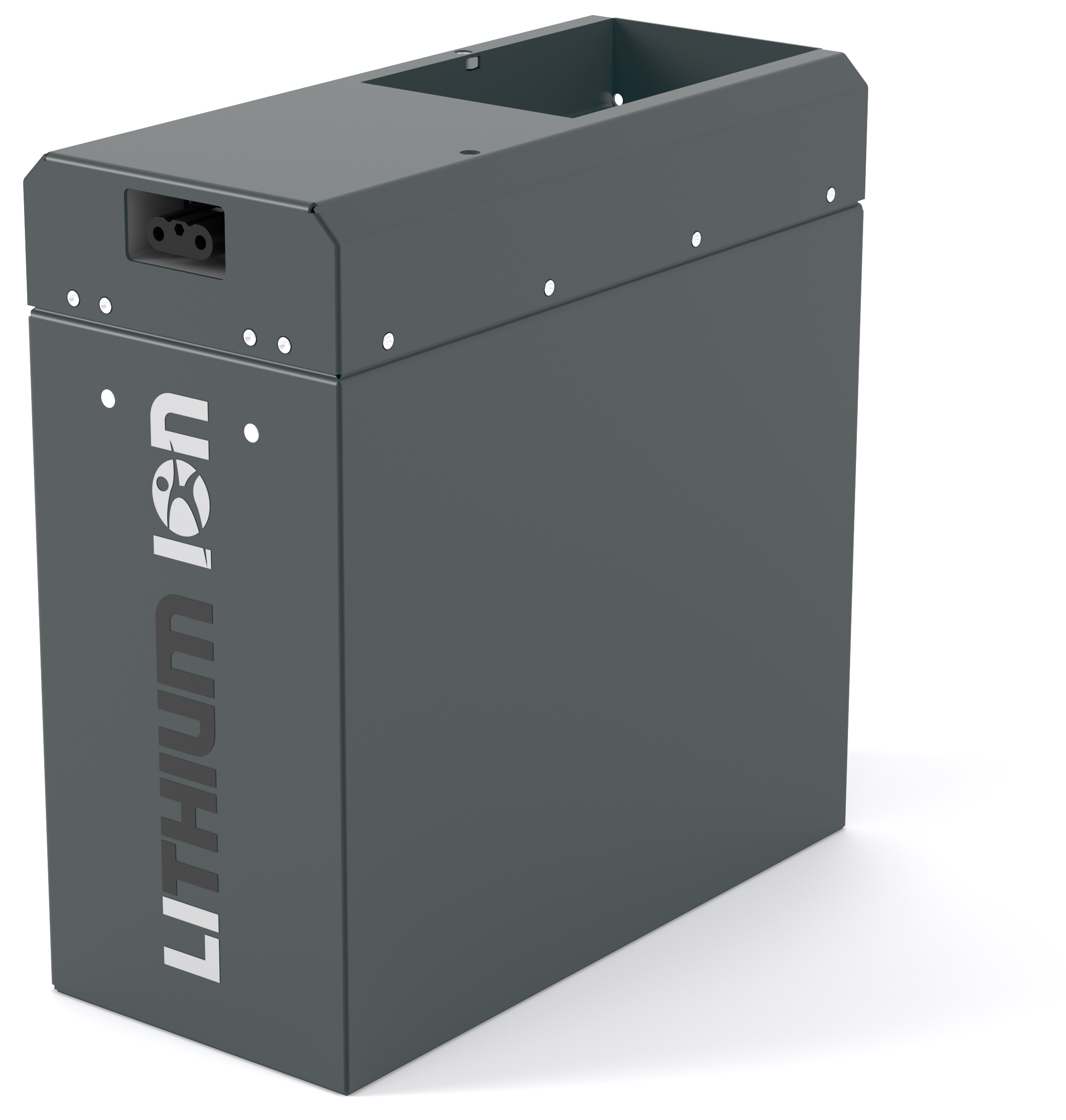Recycling & Sustainability
The TRIATHLON Sustainability Policy

a.o.
- Strict monitoring of suppliers
- internally mapped steps of the value chain as a benchmark for externally
a.o.
- holistic recycling concept
- extensive use of renewable energies
Optimal life cycle management
a.o.
- 2nd and 3rd life concepts developed and implemented
- R&D objective: Laying the foundations for further technological developments
a.o.
- family corporate culture
- Individual promotion for each employee
a.o.
- absolutely customer-oriented thinking and acting in the TRIATHLON-DNA
- Mutually beneficial partnerships sought
Recycling & Reprocessing
With the help of a professional remanufacturing process, we make used batteries fit for their so-called “second life” – and this on an industrial scale with a rate of approx. 90% in the area of lead batteries. In addition, we operate our own certified disposal facility for batteries of all sizes.
Dismantling, storage & recycling of spent batteries
Waste prevention through reprocessing
Battery return after agreed runtime end
Certified according to European battery recycling concept
Quality management according to DIN EN ISO 9001:2015
Environmental management according to DIN EN ISO 14001:2015
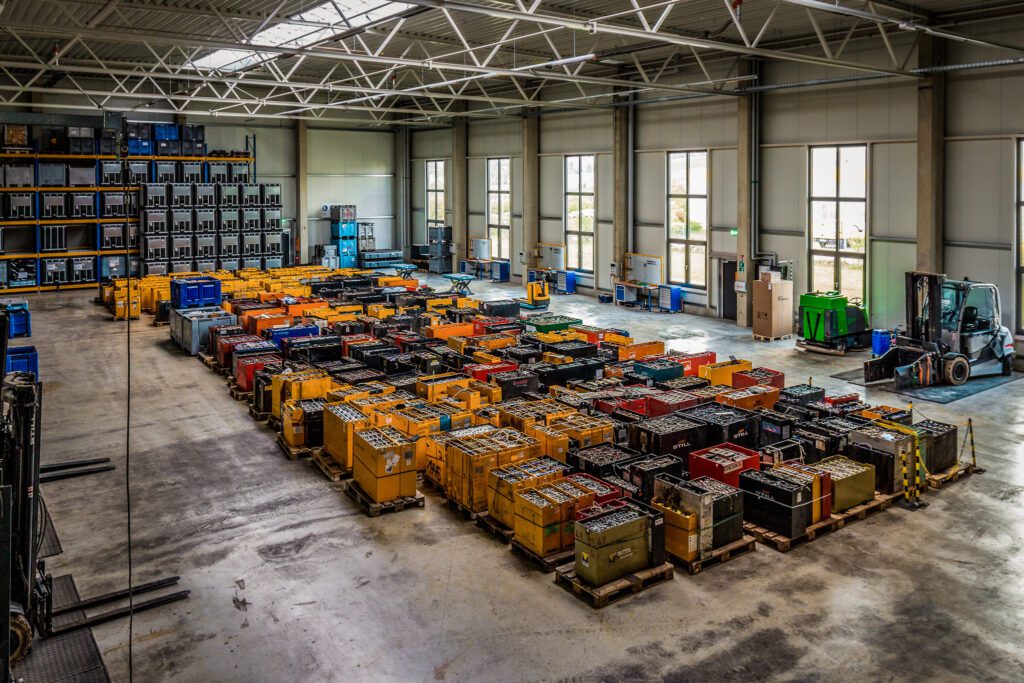
NMC vs. LFP Lifecycle Management
Energy systems based on NMC and LFP technology enable utilization concepts in 2nd as well as 3rd life. These include rental applications and stationary storage solutions.
Value Stream NMC (TC)
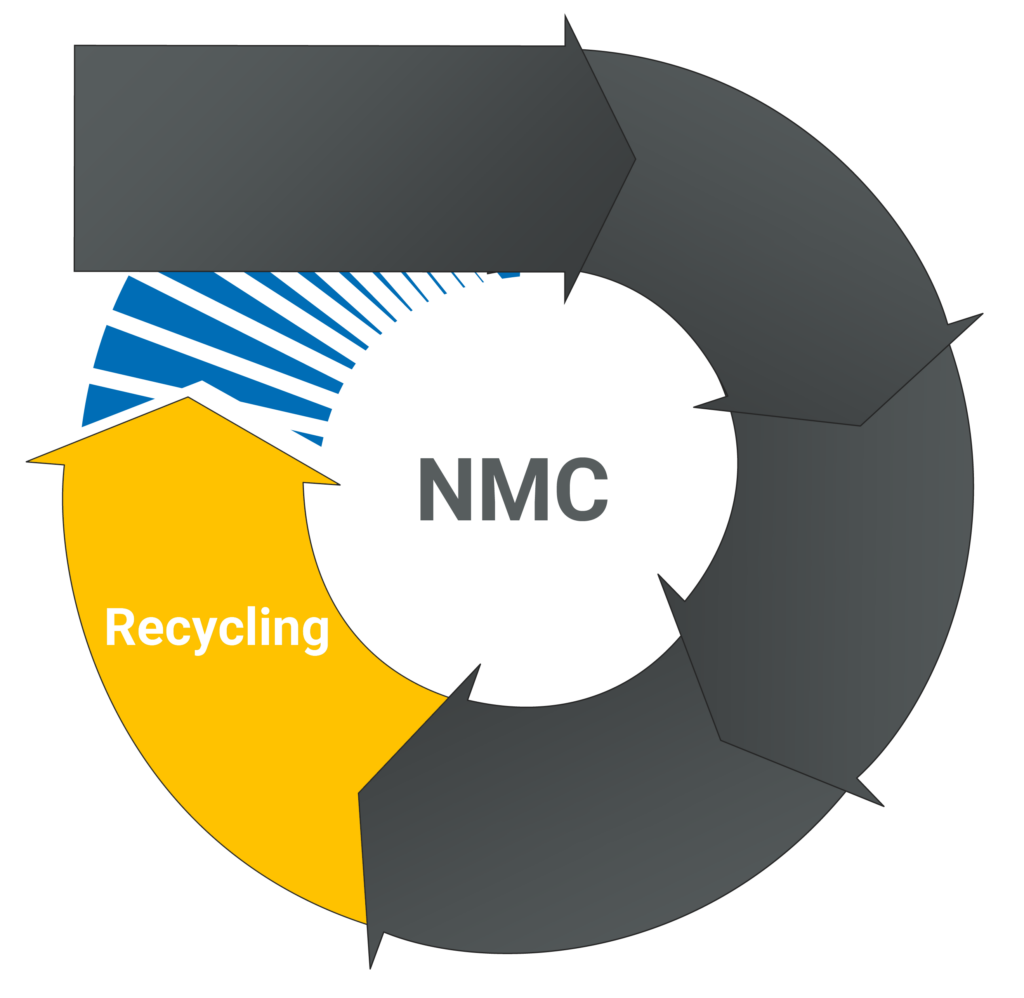
Optimized TCO
Novum AI for the determination of the SOH
Use up to 75% of the remaining capacity
Use in rental fleets
2 End of service life reached at 65 % residual capacity
Use in large energy storage systems (BESS)
End of service life reached at 55 % residual capacity
Method for neutralization of the Li system
Value Stream LFP (TB)
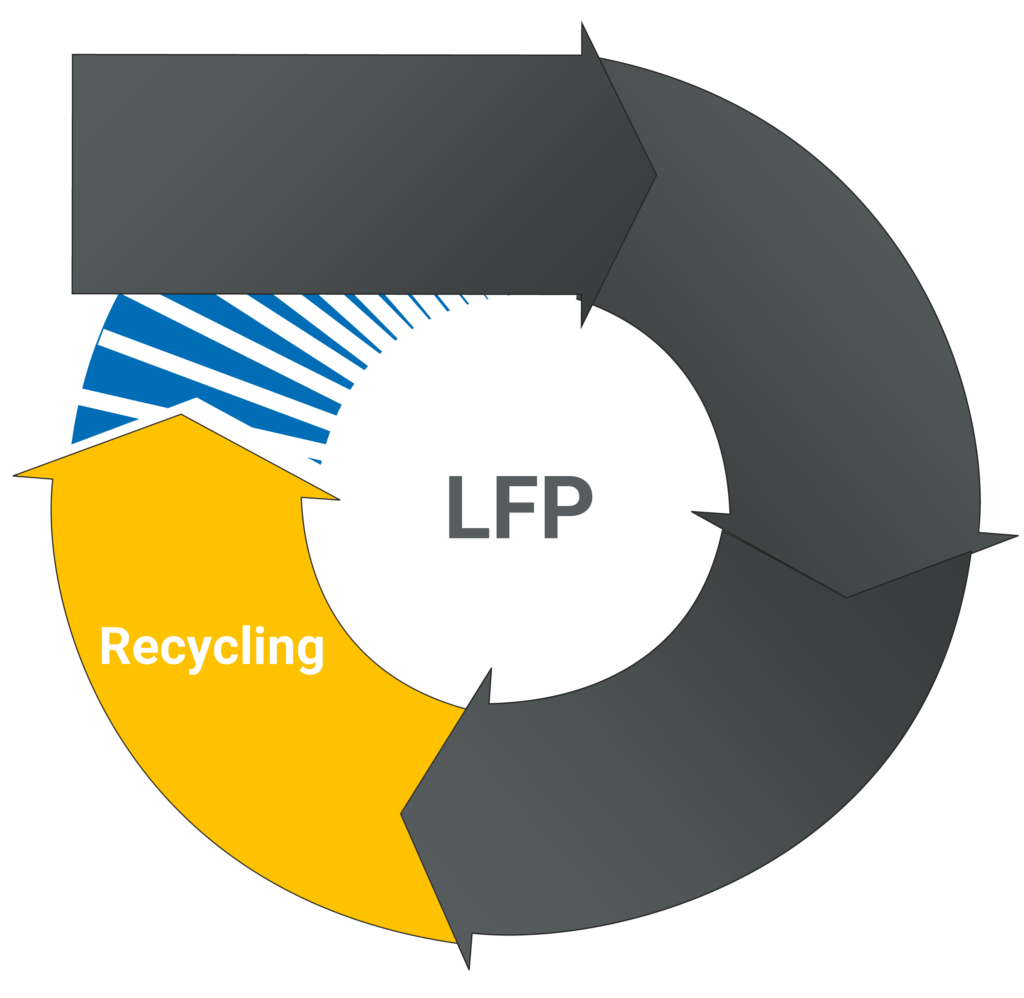
Optimized initial investment
Novum AI for the determination of SOH
Use up to 80% of the remaining capacity
Use in rental fleets
2 End of service life reached at 70 % residual capacity
Method for neutralization of the Li system
2nd Life insert for lead-acid batteries
Remanufacturing as part of manufacturing
- Professional and efficient testing and reprocessing process
- Batteries already in use are prepared for use in "2nd life" in the style of series production

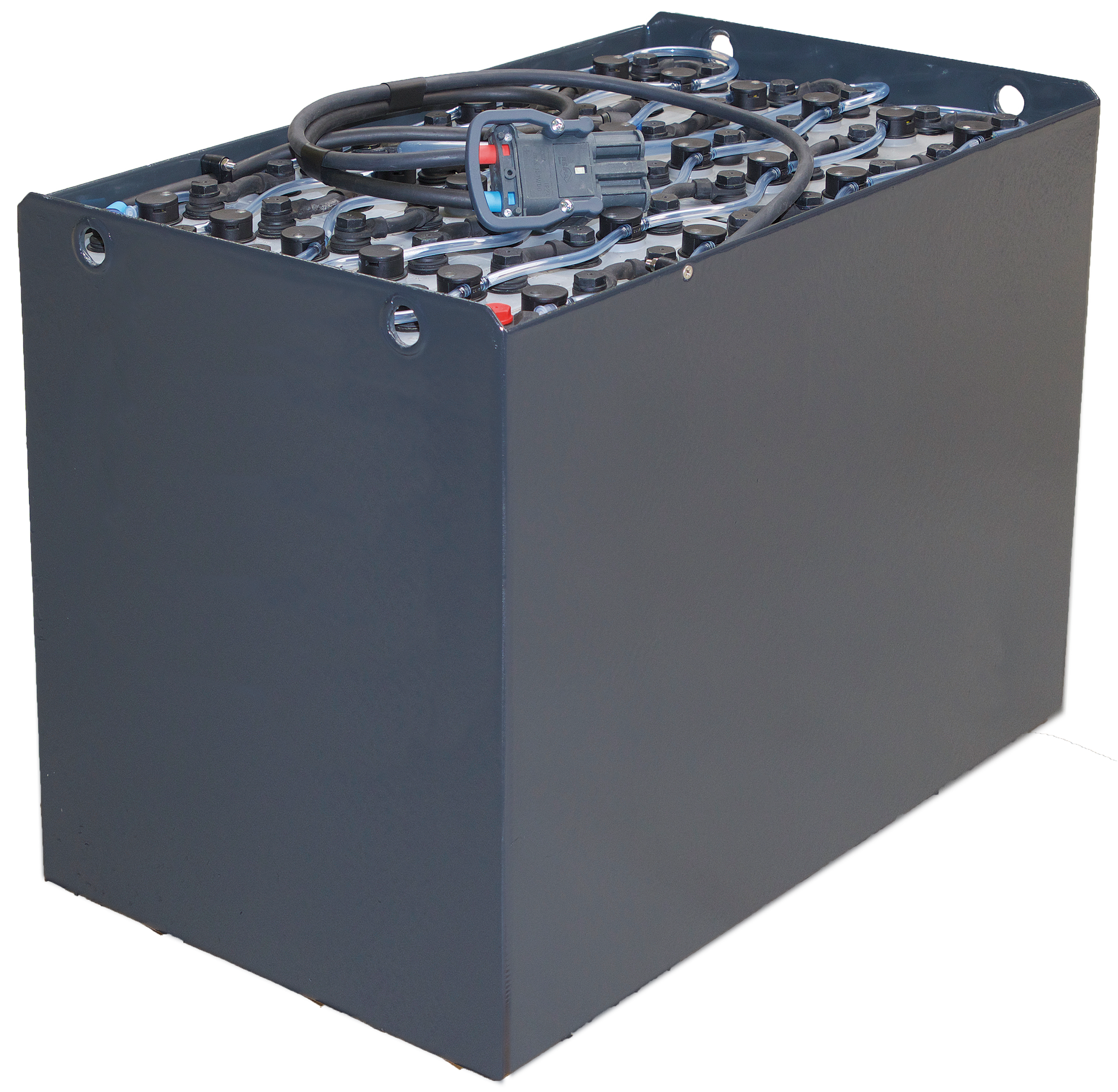

A real alternative to the new battery system
- Complete testing of all components
- Replacement of defective or worn components
- Comprehensive functional test before delivery
- Cost advantage over new goods
- New manufacturer's warranty with min. 80% capacity
- Reduction of the ecological footprint
- High availability, short delivery times
2nd Life Use Case for Li-Ion Battery Modules
Practical example: Construction of a 25 Mw stationary storage tank in Freiberg, Saxony, Germany
- After their successful use in vehicles, batteries are assembled into a stationary system.
- The stationary storage is initially used to deliver primary control energy. Other suitable areas of application include the intermediate storage of renewable energy or use as a self-consumption system.
- Once renewable energy is stored, the plant makes a significant contribution to reducing emissions. In the future, the battery storage system will be used to produce 100% carbon-neutral batteries at the site on a request-specific basis.
